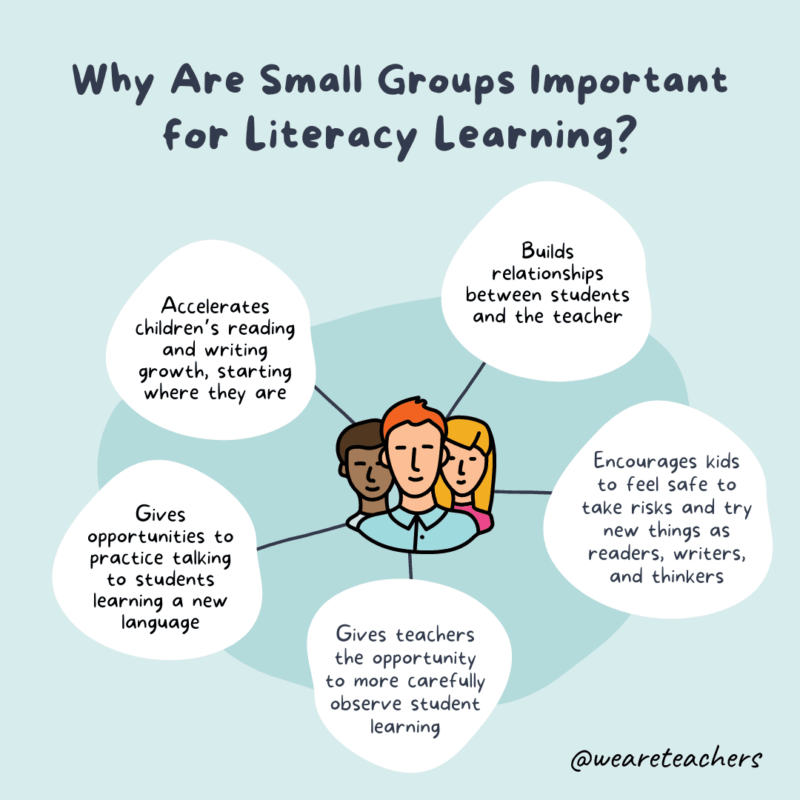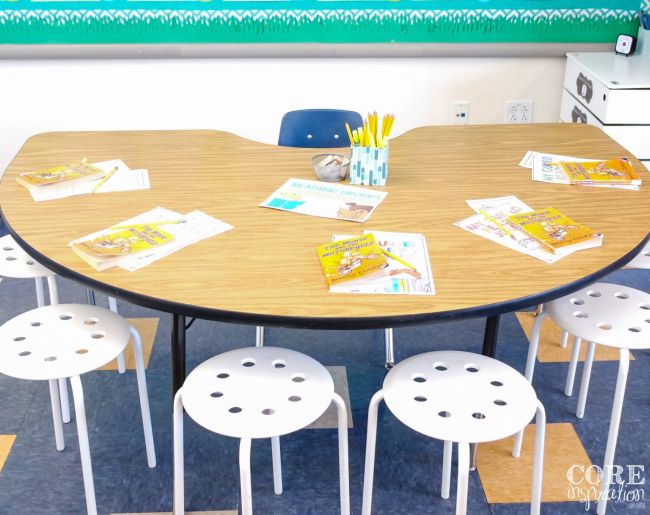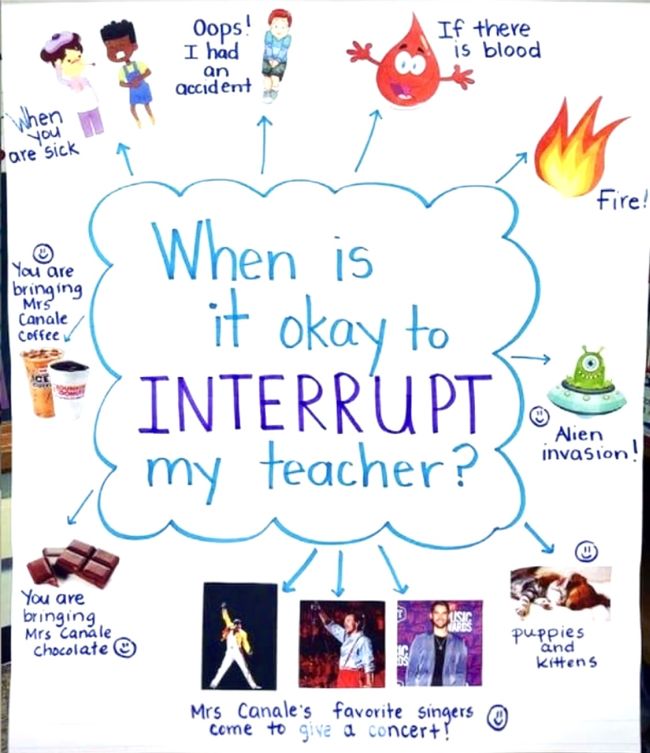
Get up close and personal with students, even in a big classroom.

With class sizes constantly increasing, more and more teachers are looking for ways to give kids the individual attention they need and deserve. One proven effective way is also a longtime favorite: small group instruction. It’s a simple concept, but it does involve some alterations to the way you teach and interact. Here are the basics, along with tips for making your small group sessions valuable for everyone.
As the name implies, small group instruction involves pulling aside a small number of students to provide more individualized instruction. Though there’s no set number, most people agree that a group should include no more than five or six students, and it could be as few as two.
Small group instruction is not the same as group work. In group work, kids work cooperatively on their own, with general teacher oversight. In small group instruction, the teacher leads the way and is an important part of the learning. Each instruction experience is unique, since it’s tailored to meet the needs of the students in the group.
The classic example of small group instruction is literacy (reading) groups. Elementary teachers have been using these for decades to differentiate reading instruction, since not all kids learn to read at the same pace. But this method has benefits across the curriculum and at every grade.
 benefits of small group instruction for literacy learning" width="800" height="800" />
benefits of small group instruction for literacy learning" width="800" height="800" />
Every teacher knows that students all learn at their own pace and have different learning styles. This is why differentiated instruction has become a key part of modern education.
When you work with just a few students at a time, you have a chance to move at a pace that’s comfortable for them, whether that’s slower or faster than the average. You can also adjust your teaching style to accommodate different learning preferences, using differentiated instruction strategies that fit their needs.
Teachers benefit from small groups too. These interactions give you more opportunity to get to know your students on a personal level. You can get a better feel for their understanding of the material, and learn what they need to succeed in your classroom. Many students feel more comfortable sharing their thoughts in a more intimate setting instead of in front of the whole class. This means you’ll really get to hear what’s going on in their heads.
Ready to put this instructional method into practice? Check out these tips and ideas from experienced teachers on how to make small groups work for you.
Literacy groups have been a popular reading strategy for many years, but new research indicates grouping kids by ability may not be the best way to go. An article in Education Week notes, “Evidence suggests that the practice may be less beneficial than teachers think: It can exacerbate achievement gaps and even slow reading growth for some children unless the groups are fluid and focused on skills rather than overall achievement.”
If not by ability, then how should you group students? “What we’ve discovered is that it’s fine to have a group of students of different levels, as long as they all are working on the same learning needs,” says Carol Connor, an education professor at the University of California, Irvine. In other words, if all the kids in your group need help with sight words or dividing fractions, your instruction will likely be more successful.
ADVERTISEMENTAnother possible way to group? By learning style. Some students need visuals and demonstrations to learn best, while others prefer quiet time to read and reflect on their own. Learn more about learning styles and how to accommodate them here.
Thoughts from teacher Robin P: “Vary it. Sometimes base it on differentiations, next time strengths, next time pick numbers. You’ll be amazed how much they learn from each other.”

Whenever possible, use a dedicated space for small group work. This has multiple advantages. Students know where to go and what to expect when it’s time for groups. Plus, you can teach others in the classroom not to interrupt you when you’re in this space (see below). A few tips:

This is one of the biggest problems most teachers have when trying to work with smaller groups in a big classroom. When there’s more than one adult in the classroom, it’s easy to redirect kids. But when you’re the only instructor available, how do you keep interruptions to a minimum? Fourth grade teacher Melissa B. offers these tips:
Here’s a cool tip from Teaching in the Fast Lane: “It took me several years of teaching before I understood that a whole lot of time could be saved in the reteach portion of a unit if I pre-taught a few things to students that I thought would struggle.”
This can be especially helpful with ESL students or those who always lag behind. “Pre-teaching not only serves to prepare students for a unit but also gives them confidence during the unit. This way they are more likely to be active participants and glean extra information that they might have otherwise missed.”

One of the great benefits of smaller groups is the ability to observe each student more closely. Use that to your advantage and take notes throughout. The Elementary Entourage likes to use sticky notes with student initials, which they later transfer to individual student pages in a binder. Review these notes before the next group meeting to remind yourself about past progress and future plans.
Learn more about this process and get free pages to use at The Elementary Entourage.
Consider these thoughts from Mike Schmoker in Education Week: “The most successful K-3 teachers I’ve observed use small groups sparingly. That’s because their whole-class instruction consistently incorporates the most proven (but rarely implemented) elements of successful teaching. They master simple methods for ensuring that all students are attentive, and they conduct frequent, ongoing assessments of the class’s progress throughout the lesson—and then re-teach accordingly.”
So if you don’t feel like you have the time or the bandwidth for small groups, that’s OK too. This method is one option to keep in your teacher tool kit, but it’s not right for every situation. The best teachers are flexible and adjust their teaching methods to fit their students.